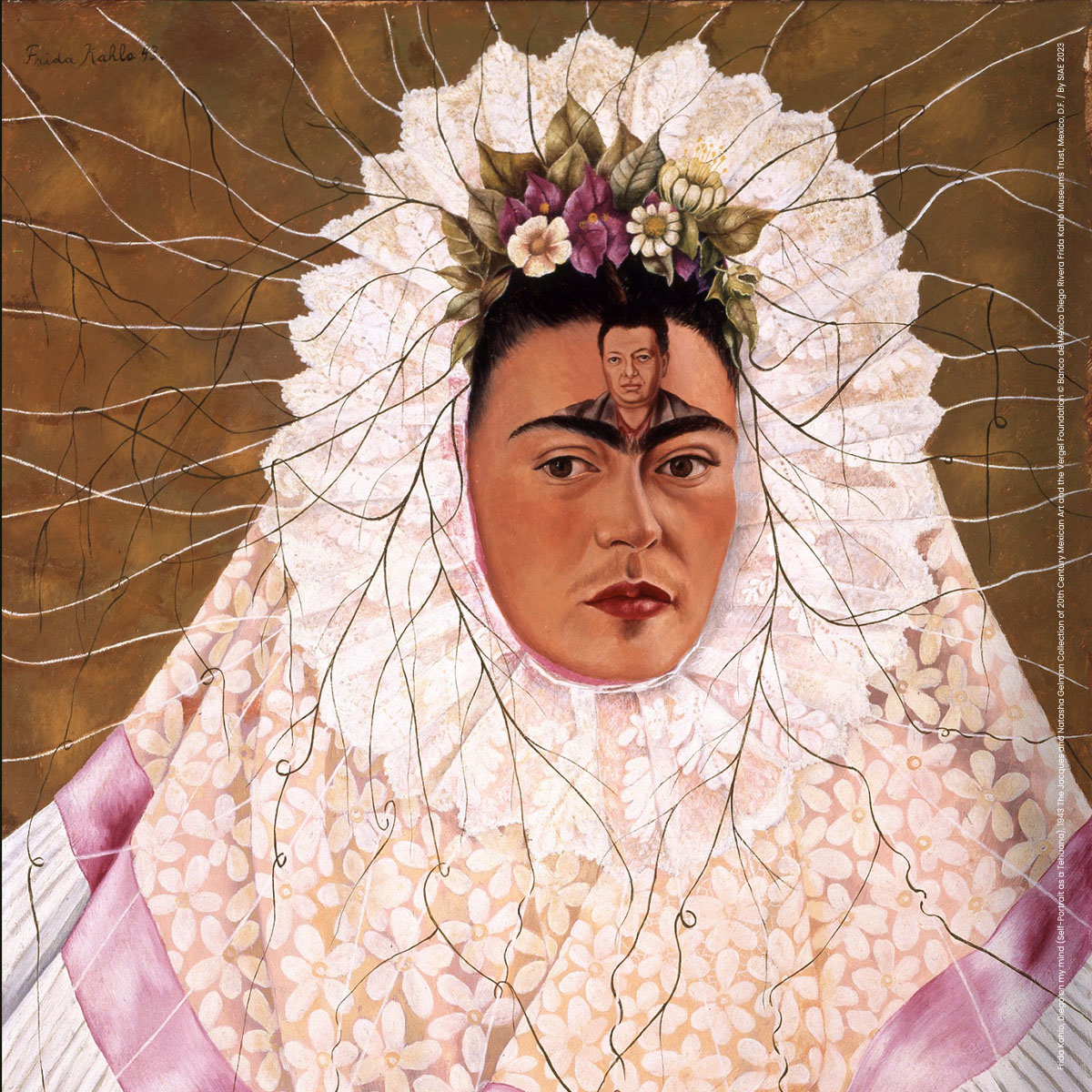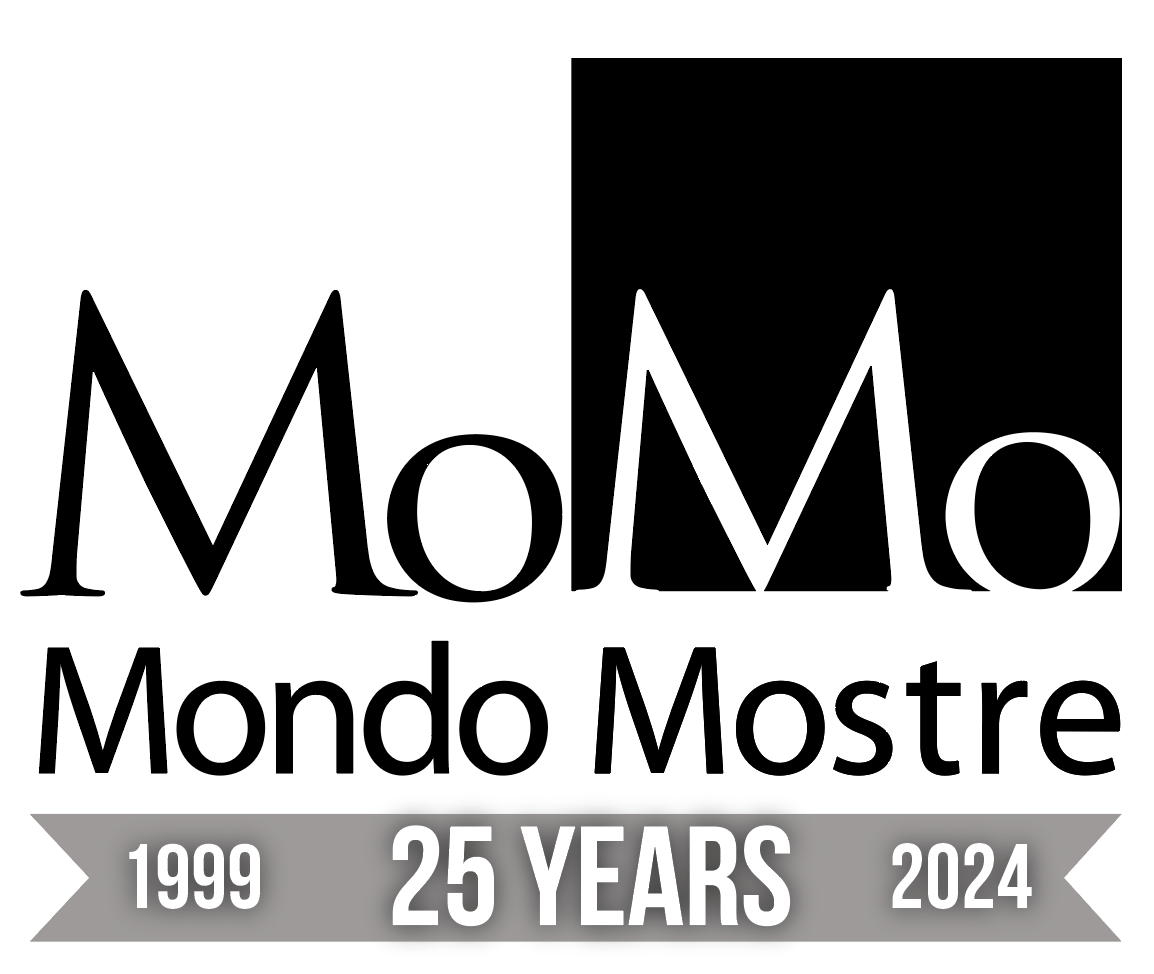Days of exhibition
The Gelman Collection
The artworks in Jacques and Natasha Gelman's collection date back to a crucial moment in Mexico's history, a time when the country was undergoing a profound transformation through a series of political, cultural and social reforms. The Revolution of 1910 started a devastating civil war that raged for almost a decade. Afterwards, the new government led by President Álvaro Obregón set out to rebuild the nation through policies that embraced the goals of the revolution, including agrarian reform and access to education. At the same time, the government sought to redefine national identity by fostering a culture of integration in order to unify the population. Art became a key element in the creation of the new nation and in the decades following the Revolution, two painters, Frida Kahlo and Diego Rivera, emerged as leaders of the modern Mexican movement.
It was an aesthetic steeped in 'mexicanidad' that drew inspiration from a variety of sources, including Mexico's spectacular natural scenery and the popular culture of rural and indigenous communities. If Diego Rivera's grandiose murals are homages to history and tradition, designed to reinforce revolutionary ideals, Frida Kahlo's art is more intensely autobiographical. Executed at a time of great turmoil - when artists believed in their power to influence society - the works on display demonstrate how life and art in early 20th century Mexico were linked to a range of contrasting experiences and ambitions. This complexity gave rise to a significant chapter in the history of modern art.
Photogallery |

Artworks |
Trailer |
Take a look at the preview of the exhibition
Extra |
Interviews, insights, curiosities, anecdotes

